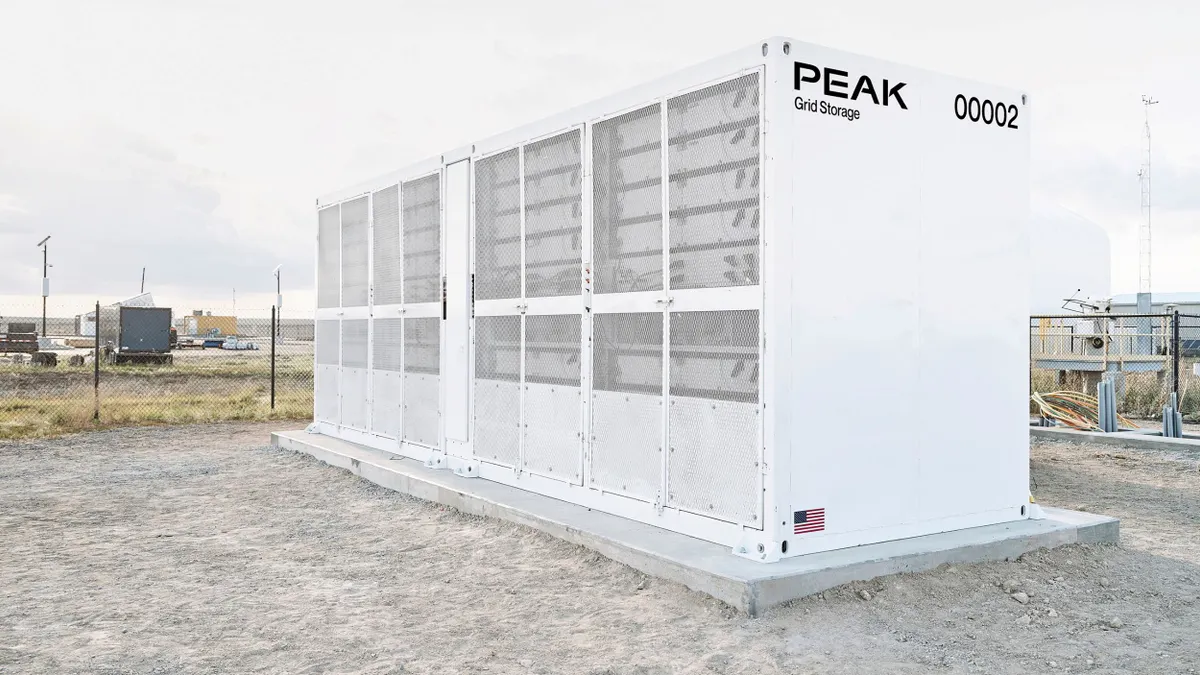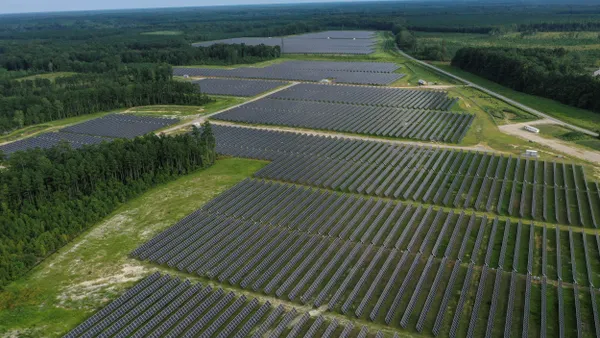Dive Brief:
-
Average offer prices for solar and wind power purchase agreements (PPA) are holding steady, despite a moderate increase from Q1 of 2019 to Q2, according to a quarterly report released by LevelTen Energy on Thursday.
-
A majority of 33 utility-scale developers surveyed in the report cited competition from other projects as having the biggest impact on their offer prices. Increased engineering, procurement and construction (EPC) costs — potentially related to supply chain bottlenecks and tax credit roll-offs — were second.
-
On the whole, developers expect offer prices to be similar in 2020, which may be encouraging for corporate buyers as more look to invest in renewables, according to LevelTen's analysis, although prices may begin to increase the following year.
Dive Insight:
Wind and solar PPAs have shown a 7% decrease in average offer prices since Q2 of 2018 for several wholesale markets, according to LevelTen.
The California Independent System Operator (CAISO), Southwest Power Pool (SPP), PJM Interconnection and Electric Reliability Council of Texas (ERCOT) have all seen reduced prices since the online Seattle-based marketplace began issuing quarterly reports for Q2 2018.
Contrary to the long-term trend though, the Q2 2019 report found an $0.18 per MWh, or 1.2% increase for the evenly-weighted renewables index over Q1 2019. This small increase could have multiple explanations, including tariffs and supply chain bottlenecks. In addition, it is not the first quarter-over-quarter increase since LevelTen started conducting analyses.
“[There's] this squeeze on all parts of the value chain in the run-up to projects trying to get constructed before some of the ITC [investment tax credits] and PTC [production tax credits] fall off,” Rob Collier, LevelTen’s vice president of developer relations, told Utility Dive. “Starting this year and next year, we just see this big rush to get projects built and therefore there's a shortage on labor, on transportation, on some equipment.”
Across the different ISOs, prices tend to be reflective of resource availability. Wind, for example, is cheap in SPP and ERCOT’s Great Plains hubs, while solar is cheap in CAISO’s Arizona hub. While overall prices were up in Q2 compared to Q1, solar prices decreased in MISO and SPP and wind prices decreased in PJM. Collier noted that solar offer prices are low specifically in the southern SPP hub, “where the solar resource is much richer.”
While the outlook for early 2020 is similar to 2019, offer prices for renewables may start to climb before long as tax credit roll-offs take effect. The report also suggests that decreased variability in solar pricing could be a sign of increasing market liquidity, maturity and transparency.
“Basically, there's a continued gradual decrease in costs for solar [PPA offer prices] for the next couple of years. And then in 2023 as the solar projects that have been ITC eligible start to roll off and become more scarce, then we start to see this increase in solar prices,” Collier said.
According to Collier, wind offer prices may start to increase faster, as soon as next year or 2021. Still, LevelTen anticipates that even if offer prices go up slightly, developers will have factored impending tax credit roll-offs into their long-term plans and interest from corporate buyers will remain strong.
"I don't see the buyer interest slowing down at all. There will be some adjustment in price, but I think other factors that drive procurement decisions from buyers will still continue to push them forward," Collier said.













